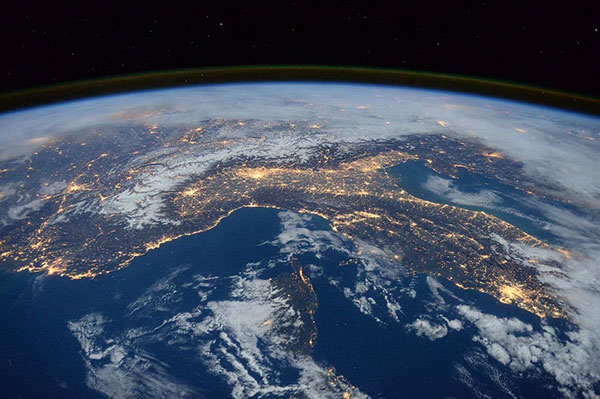As our environment is irreversibly altered by climate change, the globe is progressively opening up to new viruses, which might have catastrophic effects for people. According to a research published in Nature on Thursday, as climate change forces animals to migrate, they will come into increased contact with humans and each other, raising the chances of dangerous viruses mutating and spreading to humans.
In an email, Colin Carlson, the study’s principal author and an associate research professor at Georgetown University Medical Center, stated, “Species will have to relocate if they wish to monitor change climates.”
“They’ll meet for the first time and spread viruses when they do.” According to our models, this process will radically reconstruct the worldwide mammal-virus network in the next half-century. This is awful news for people’s health.”
While there is a lot of study on how climate change affects epidemics, a lot of it focuses on vector-borne illnesses like malaria, dengue fever, Zika, and yellow fever, which are spread by blood-feeding insects like ticks and mosquitoes.
Few academic studies have looked at how climate change may affect how viruses spread from wild animals to people, a process known as zoonotic spillover. According to the report, between 60 and 75 percent of infectious illnesses were first transmitted from wild animals to people, and there are now hundreds of virus species capable of sickening humans while silently infecting diverse animals.
The researchers used a massive amount of data—on viruses and host animals, as well as climate change and animal habitats—to generate a massive map of how the habitats of over 3,100 mammal species would change over the next few decades.
As ecosystems alter, the likelihood of diverse species interacting more with each other and with humans increases, and viruses and other diseases will accompany them. For example, research shows that in the 2003 SARS outbreak, civet cats, which are consumed in China, may have served as an intermediate host for the virus, allowing it to spread from bats to humans.
Bats, in particular, may come into more regular contact with diverse animal species as a result of a changing environment, generating additional possibilities for viruses to spread.

